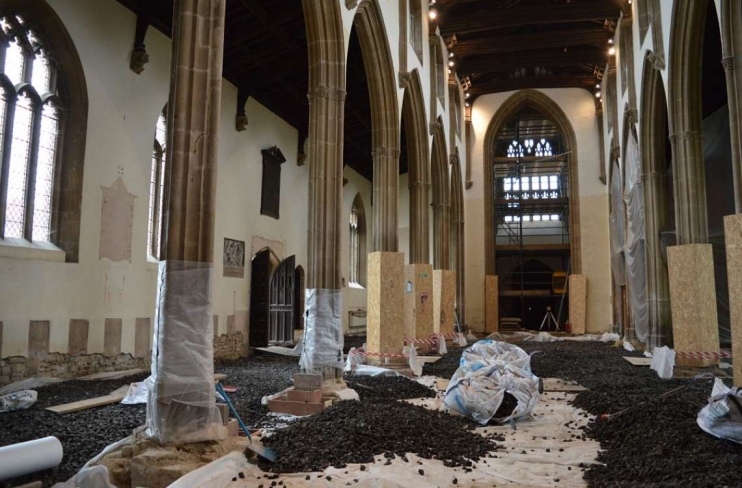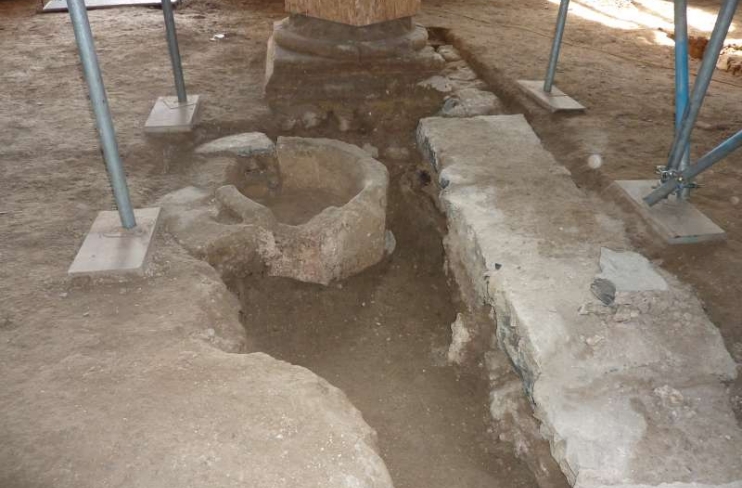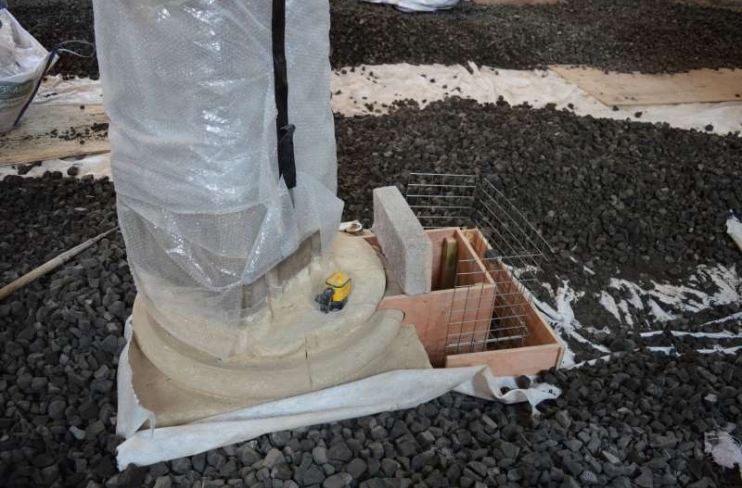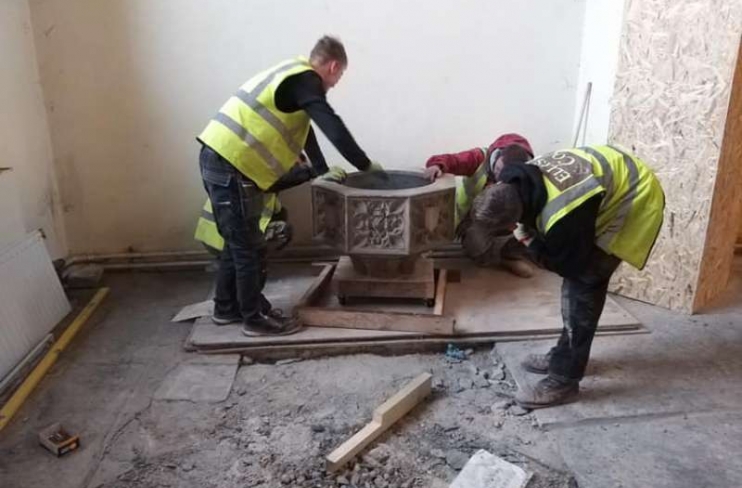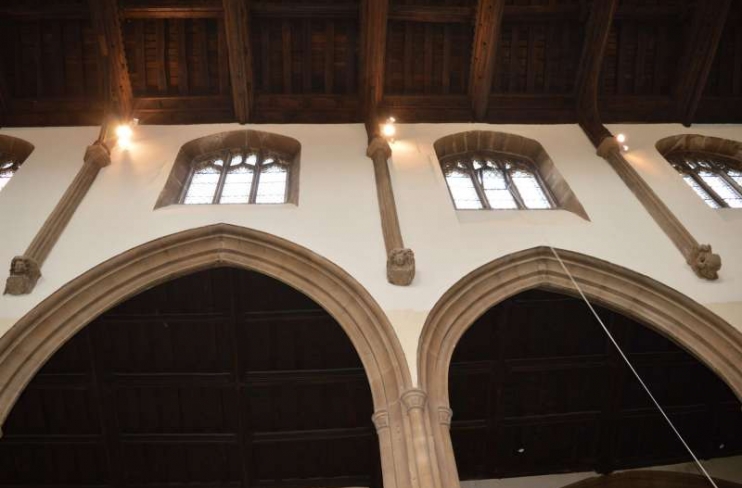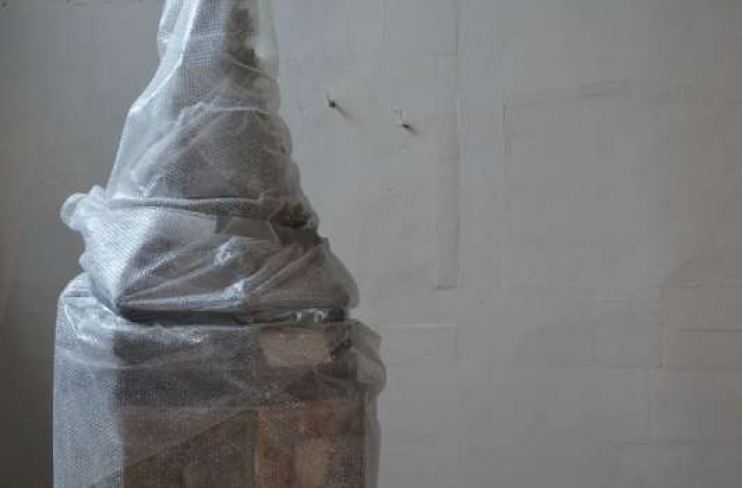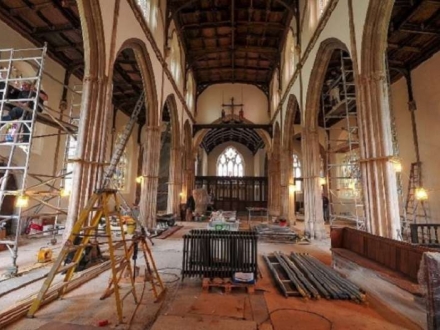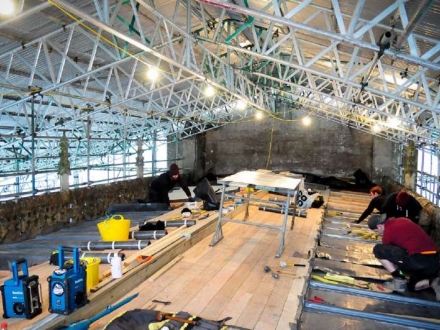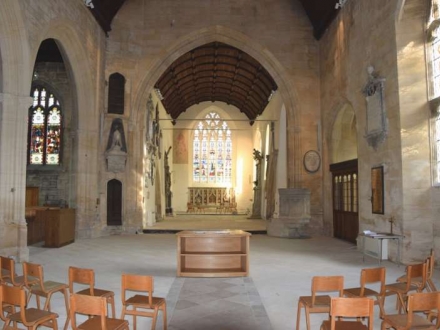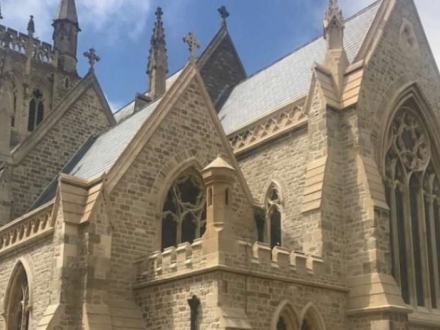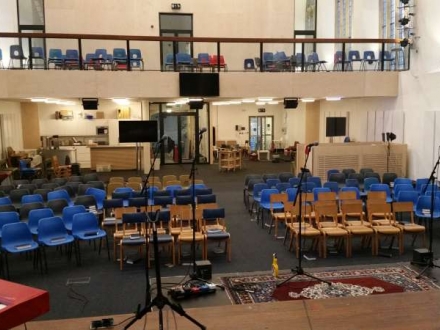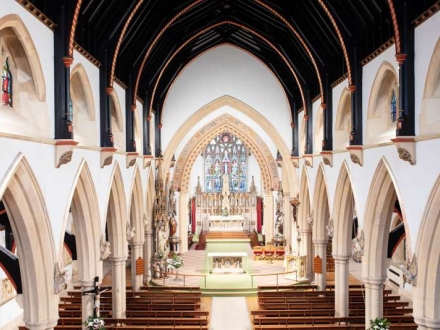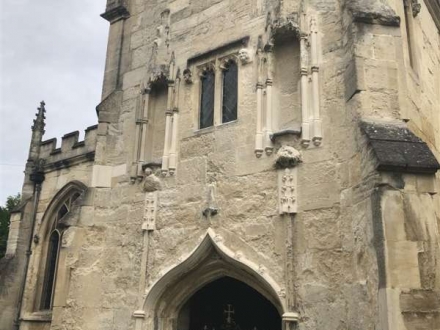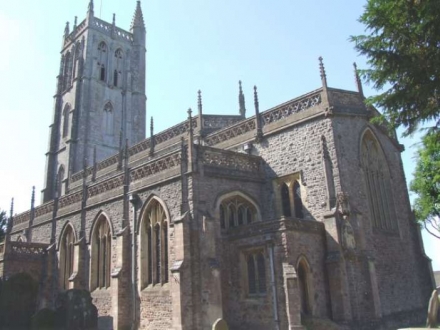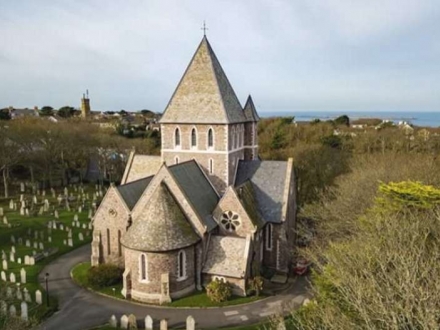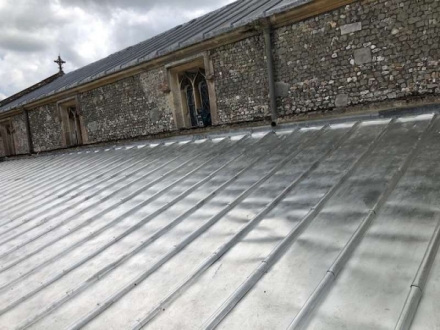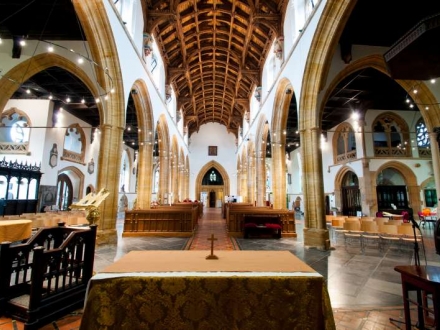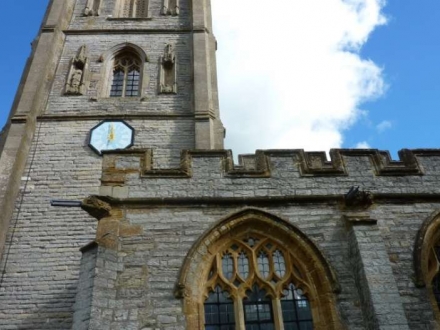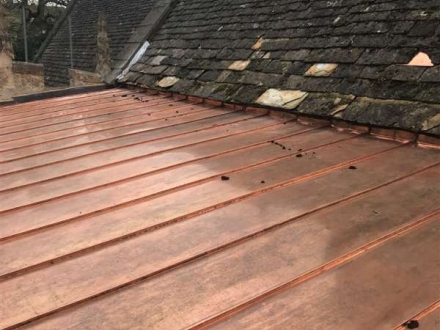Project Overview
Progress in the repairs of St Johns Church, Glastonbury.
St John’s Church in Glastonbury is closed throughout 2019 for a major programme of repairs. Ellis and Co, the principle contractors, have been busily working through the programme and we are coming up to the half way point. So have we been up to since we arrived on site in January?
The whole floor has been lifted - Several tonnage of stone! The subsoil has been excavated and some surprising finds have been made.
Download as PDF The team at St John’s Church had sorted through the pews before we arrived and removed to create additional space for celebration. Those remaining have been taken to the Ellis and Co workshops for repair, refurbishment and safe storage until its time to refit them.
Protections have been applied to precious monuments and the organ to limit damage from physical disturbance and dust.
The whole floor has been lifted - Several tonnage of stone! The subsoil has been excavated and as is typical in churches and historic buildings of this age archaeological remains were revealed during the excavation. Working alongside archaeologists from Context One and the Country Archaeologists the findings, including tombs, have been uncovered and logged and the bodies have been reinterred.
The church is built directly on ground, without a solid laid foundation, so reinforcement works have been required to address slippage in the stonework.
A couple of surprising discoveries have been made during these excavations. Firstly a 13th Century font was found buried under its 14th Century replacement in the South Aisle. The original font design had clearly informed its 14th Century replacement as we see the same carved design in both. This earlier medieval font basin had been broken on one side. The 13th Century font has now been recorded and reburied at the church as is tradition.
The Church’s 14th Century font, is being brought back into use. It has been repositioned from the South West corner of the South Aisle to the Chancel in the North Aisle. It has been set on a new border base of blue lias stone and resituated on its plinth. The font hood has also been refitted.
A second surprise was the discovery of Norman column bases which provide support for the Church pillars. The pillars which rest on them were built later. As the weight of the church rests on these bases they have been reinforced and limecreted-in to mitigate against further slippage. The floor is now being relaid with insulating subfloors and new and existing stone. The Norman bases will sit underneath the current floor level, so viewing windows are being added to ensure they remain visible after the new floor is laid.
As part of the redesign the pulpit has been dismantled, relocated and reassembled with a new orientation between the Nave and the Chancel.
Access ramps have been created within the church to ensure it is wheelchair friendly.
At this half-way point the reflooring and structural underpinning have been a major focus but not the only work underway. High-level scaffolding was fitted inside the church so that we could clean the ceilings and repair and repaint the high-level lime rendered walls. The Church feels brighter and fresher as a result.
The old electrics, lighting and plumbing have been removed and as we get closer to the end of the project we’ll be installing new kitchen and bathroom facilities, new electrical lighting and AV infrastructure. and completing the redecoration of the space including cleaning the masonry, re-rendering and repainting the lower levels and reinstating the church furniture.
The internal porches to the south and north elevations have been removed and their replacements are being created in our joinery workshops.
The transportation of tonnes of stone and equipment in and out of the church meant additional protections had to be applied to the busy and popular Glastonbury High Street. The pavement flag stones near the site entrance have been lifted and stored for safety. They will be reinstalled after the heavy machinery has departed the site.
Work is proceeding on course for the church to be handed back and reopened at the end of this year.

